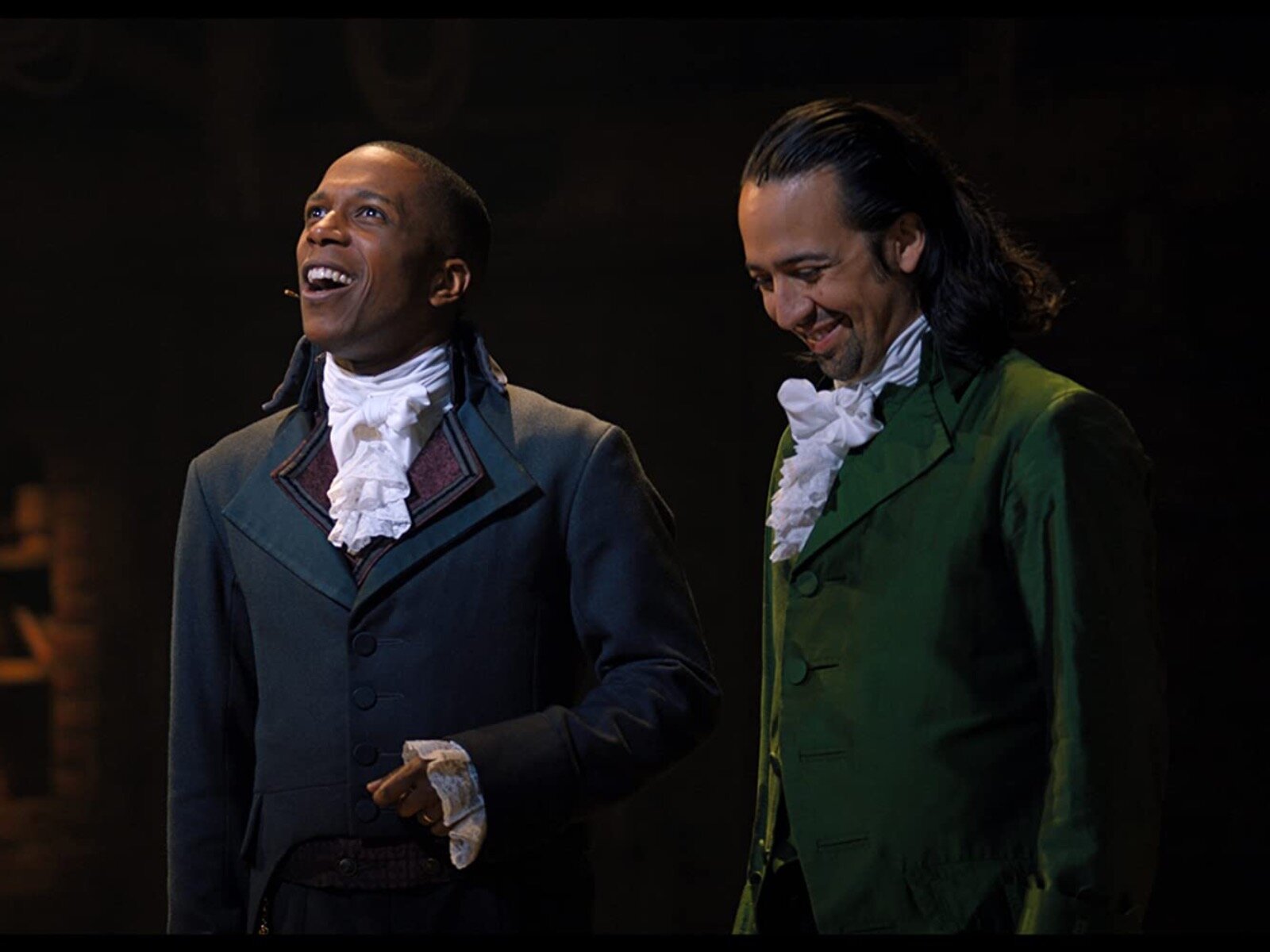Logistically, the idea of The Purge – a night where all crime, including murder, is legal – is absolutely ludicrous.
It’s hard to imagine society reaching such a moral nadir that one politician would vote yes to legislation that gives a thumbs up to murder because, eh, we have to let off some steam, much less enough to actually pass through and become "a holiday." Plus, who cleans up after The Purge? Who deals with the looted homes and businesses and the general damage the next day? And what if I just want to spend The Purge cutting the tags off mattresses and parking in no parking zones?
As far as screenwriting concepts go, however, The Purge is genius. It’s a grim cinematic playground loaded to the brim with potential for world building, imagery, horror, tension and harsh social commentary for a world where "affluenza" exists as a get out of jail free card. It’s rich in its grabby simplicity and complex allegorical possibilities.
Writer-director James DeMonaco has been blessed with this brilliant concept. He’s also been damningly cursed with the inability to make the most out of it.
His first attempt last summer was a Hollywood-jolting hit, scoring $63 million off of a $3 million budget. Other than its producers, though, few left "The Purge" happy. Despite the big box office, audiences branded the film with a C from the usually outrageously generous Cinemascore, where anything lower than a B+ is pretty much a fail (for comparison’s sake, blizasters "Blended" and "Legends of Oz: Dorothy’s Return" netted an A- and an A, respectively).
The premise’s seemingly limitless potential was locked and constrained in a fairly standard home invasion horror flick, complete with idiotic horror movie characters (the daughter was just … the worst) and weak scares. In the end, it was a movie both too dumb to be the intelligent man’s bloody thriller it desperately wanted to be, but also too smart – eh, well, at least ambitious – to let itself settle for being dumb horror fun.
"The Purge: Anarchy" finds DeMonaco coming closer to turning a good premise into an actually good movie. The sequel still feels like a missed opportunity for something smarter, sharper and just overall better. But hey, at least he made a decent horror thriller this time.
The first step toward improvement is taking a step back, providing a greater swatch of the blood-soaked tapestry that is futuristic America, still controlled by the God and gun-praising New Founding Fathers. The film opens up, no longer limiting itself to just a house but instead expanding its world and turning an entire city into its diseased playground.
In this America, "goodbye" has turned into "stay safe," and Purge night breaks out, the film’s eerie vision of grimy John Carpenter-esque urban warfare is like a zombie movie, but the viciously violent, soulless monsters are very much alive.
There, "Anarchy" follows several unwitting participants stuck on the hunting grounds on Purge night. After their car breaks down, a couple on the rocks, Shane and Liz (Zach Gilford and Kiele Sanchez), are stuck running from a van of mask-wearing, machete-wielding fiends (led by Keith Stanfield, who, after his revelatory turn in last year’s "Short Term 12," deserves better than facelessly menacing folks behind a mask). Mother-daughter tandem Eva and Cali (Carmen Ejogo and Zoe Soul) are on the run as well after being pulled out of their apartment complex by a small army and a semi-driving sadist packing suspiciously high-caliber artillery.
They’re led by a nameless, well-armed stranger, played by Frank Grillo ("The Grey," "Captain America: The Winter Soldier"). Unlike the rest of the gang, though, he’s not out there thanks to an unfortunate twist of fate: He’s out purging, seeking revenge on the man who killed his son. After saving Eva and Cali – a major unwritten Purge no-no – and running into the bickering couple, however, the soul-heavy vigilante’s mission takes a slight detour.
Taken as simply a horror thriller, "The Purge: Anarchy" gets the job done. There’s some sloppy digital blood work, and the characters aren’t much to write home about (the bickering, whiny couple makes the Purge not seem so bad). But much like in the first film, DeMonaco makes the most out of his creepy masks, slow motion luxuriating on their soulless, ominous faces. It’s an overused trick but damn, if it isn’t effective. As Purge night rages on, DeMonaco’s script continually finds new ways to get his ragtag troop of survivors – led by the grim, grittily compelling Grillo, whose soul quietly aches in his eyes – caught in more exciting, tensely crafted trouble.
As anything more than a sufficiently intense thriller, however, the movie still feels like a missed opportunity. DeMonaco wields his political and social commentary like an overzealous Purger with a sledgehammer, clobbering his audience with his nuance-free, clunkily proclaimed thesis.
A newly-added squad of rebels is DeMonaco’s screenwriting low point, with leader Michael K. Williams (looking an awful lot like Spike Lee) delivering blunt political statements – "We now worship at the altar of Smith & Wesson" is one choice phrase, though from the looks of it, the machete industry seems to be booming as well – in some very ’90s looking viral videos. The rebellion ends up going nowhere, serving as yet another faucet for DeMonaco’s blunt social critiques – and eventually a deus ex machine gun when he writes himself into a corner late in the film.
For as political as "The Purge: Anarchy" wants to get, however, it’s too simplistic and obvious to make much of an impact. For all its flaws, the first "Purge" contained ideas, moments and characters of intriguing moral and social complexity. Most of that’s gone here; Grillo’s the only actor given much grey to work with, and even his story is pretty toothless. By the end, it never digs under your skin the way a movie about a homicidal society on the rampage that all too disturbingly reflects our own should.
Even if the attempts at commentary are a bit of a fail, the core horror-thriller material works. And, most of all, there’s still that premise, that nightmarish concept that tiptoes into the dark shadows of society and one’s own brain. It’s an inherently intense and intriguing concept, one with potential that, two movies in, still remains frustratingly untapped. There’s a great movie to made here; for now, we’ll just have to deal with this pretty okay one.
As much as it is a gigantic cliché to say that one has always had a passion for film, Matt Mueller has always had a passion for film. Whether it was bringing in the latest movie reviews for his first grade show-and-tell or writing film reviews for the St. Norbert College Times as a high school student, Matt is way too obsessed with movies for his own good.
When he's not writing about the latest blockbuster or talking much too glowingly about "Piranha 3D," Matt can probably be found watching literally any sport (minus cricket) or working at - get this - a local movie theater. Or watching a movie. Yeah, he's probably watching a movie.







